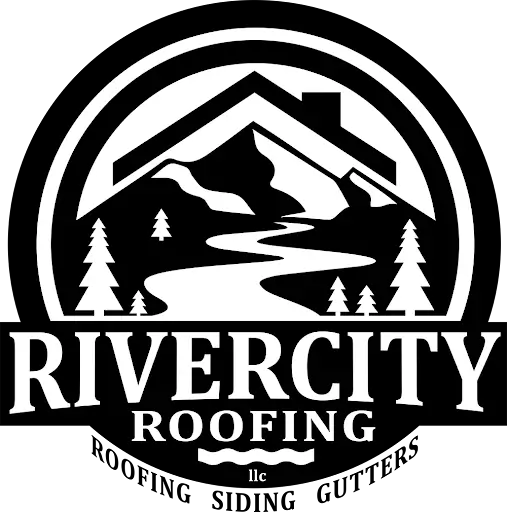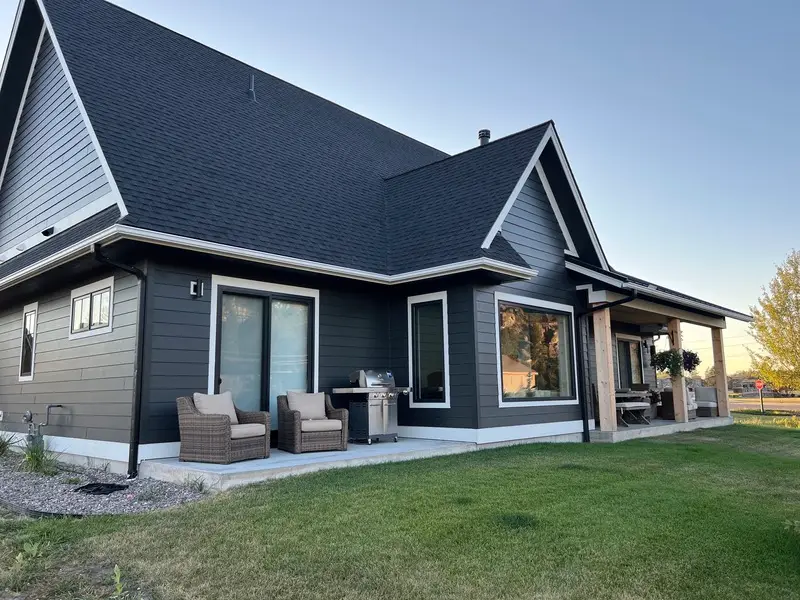When it comes to making a house or a mere building into your home, we are particular about every decor we choose. Starting from the lighting and the door frame to every other minute detail, we plan everything in detail. Is everybody this curious and detailed when it comes to roofs? While you are meticulous about everything else in your home, it is equally important to choose the right roofing material. The right roofing material will significantly increase the value, security and curb appeal of your home.
Now for those who have an idea of the plethora of options of roofing materials available. For others, let us dig deeper into the types of roofing materials. This blog is your guide to the different types of roofing materials available. We will in detail discuss the benefits, drawbacks, and challenges of these roofing materials.
Before we start with the types of roofing materials let us understand the factors that need to be considered while selecting a roofing material.
- Just like other items in a home, the roof is also a significant investment in your home, and for the same, the roofing materials you choose must align with the overall appearance of your home. Consider the color, texture, and material that will complement your home.
- Every roofing material is charged differently so the best thing to do is to find a roofing material that matches your budget and requirement.
- The climate of your locality is another major factor to be considered when deciding the right roofing material to withstand the adverse weather and secure your home over the years.
- Sustainability and warranty
- The weight of these roofing materials is another factor to be considered before deciding on one of the roofing materials.
One of the advisable things to do here is consult with the best roofing company in your locality and get their input.
Now, moving on to our blog’s main part: the different types of roofing materials. Let us go through them one by one.
Types of Roofing Materials
Various kinds of roofing can be used according to your location, personal preference and house style. Asphalt shingles are the common roofing materials because they will work in virtually any environment. Other alternatives like clay tiles, concrete, and metal shingles may also be used. The best roofing depends on many variables including location, finances, style and structure.
Asphalt shingles
These are some of the most popular roofing materials used widely. The asphalt composite shingles consist of a fiberglass base which is coated with granules and asphalt. The asphalt shingle roofs are cost-effective and are guaranteed to provide a return on investment. The cost of asphalt shingle roofs typically ranges from $3 to $5 per square foot, making them an affordable option for many homeowners. However, this only applies if you plan on selling your home in the future.
A reason why asphalt shingles are so popular is because they require minimal maintenance, and offer versatility and design varieties. Additionally, this type of roofing material is energy efficient. You can also get these shingles in light, medium, or dark tones that can reflect the sun’s infrared radiation; thereby reducing the temperature of the roof. Thus, it keeps your home cool.
Asphalt shingles are best known to reduce the impact hence depending on the location you live in and the possible calamity, we suggest you pick your roofing material accordingly.
There are two types of asphalt shingles; the three-tab and architectural. The architectural types last to almost 30 or more years and the three-tab lasts up to 15-20 years.
Metal Roofing
The next type of roofing material on our list is metal roofing. Starting with its durability, metal roofs can stay up to 50-70 years, depending on the material this metal roof is made of. Standing seam metal roofing features interlocking raised seams designed to prevent moisture intrusion, adding to its durability and fire resistance. However, the major part of a roof’s durability and functionality depends upon how it is being installed. If installed right, these metals can withstand diverse conditions for a longer duration. These types of roofs are the safest doot spark infinite during thundering and fire.
Additionally a bonus point for those who want to go sustainable, metal roofs are made of recycled material (up to 25-95%). While metal roofing sounds very good and the best choice, it is also not very affordable and could get noisy heavy rain or wind.
Wood shakes
Wood shake roofs; our third type of roofing material are the best known for their beautiful appeal and natural charm. It enhance the curb appeal of your home and require regular maintenance to retain their appearance and longevity. Wood shale rooks have higher fire resistance and mostly have a smooth surface which makes it easier for water to flow through it. The wood shale roof provides better energy efficiency, helps regulate temperature and reduces heating and cooling costs. If installed right, wood shake roofs can resist strong wind.
Clay Tiles
The next roofing material is clay tiles. Two advantages of this roof are that it is very durable, lasts up to a century, and requires less maintenance. They do not rot and are fire-resistant. Since clay tiles are one of the oldest forms of roofing material, they can endure the hardest weather.
The basic types of clay tiles are:
- Mediterian style
- Mission style
- Interlocking shingle
- French style
Slate roofing
Slate roofs are made of metamorphic rock clay derived from volcanic ash, which is very durable and if installed properly will stay for a longer period. Like the above roofs, slate roofs require very low maintenance once installed. Another major point you should know about it is that it is built to last. The slate roofing will mostly last 50-200 years. As slate roofs are premium roofing material, it is not cheap!
Concrete Roofing
Hands down, we can say that concrete tiles are one of the most long-lasting roofing systems and have high impact resistance; they can resist high impact effortlessly. Along with their high resistance, they also are low maintenance, once built they can stay intact for a couple of years. However, it will need frequent cleaning to ensure it doesn’t accumulate dirt or other substances.
Built-Up Roofing
Built-up roofing is specifically designed for flat or low-pitch roofs. It consists of multiple layers of asphalt, tar, or adhesive topped with an aggregate. This type of roofing offers excellent waterproofing, fire resistance, and durability. However, it can be challenging to install and requires regular maintenance.
Membrane Roofing
Membrane roofing is a prevalent option for flat or low-pitched roofs. It primarily uses materials like EPDM, which are affordable, lightweight, and easy to install. Membrane roofs are reliable and effective in minimizing water infiltration, with a typical lifespan ranging from 20 to 35 years with proper maintenance.
The above-mentioned are some of the roofing materials to be considered when replacing an older roof or installing a new one. The trick here is to choose the one roof that fits your home the best. It also requires carefully assessing your budget, your living locality, and other factors for optimal functionality. Also, always weigh the pros and cons of each roofing material before picking one.
While we have mentioned the durability of each roofing material, the best thing to do is consult a roofing company to analyze your roof condition frequently to avoid any major problems in the future.



